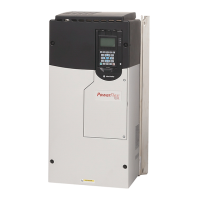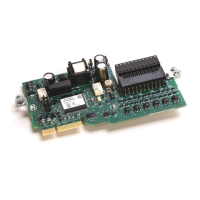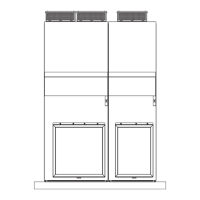Rockwell Automation Publication 750-PM001N-EN-P - February 2017 507
Integrated Motion on EtherNet/IP Application Appendix F
Torque Prove and Brake Slip
Detect
ATTENTION: Loss of control in suspended load applications can cause personal
injury and/or equipment damage. The drive or a mechanical brake must always
control the load. TorqProve™ is designed for lifting/torque prove applications. It
is the responsibility of the engineer and/or end user to configure drive
parameters, test any lifting functionality and meet safety requirements in
accordance with all applicable codes and standards.
ATTENTION: When enabling the Torque Prove/Brake Slip detection, the axis
application type must be Constant Speed, Tracking, or Custom with Velocity
Integral enabled. Failure to do so results in unstable operation upon brake
release, because torque pre-load is not applied.
ATTENTION: When being used as a positioning axis, the
AxisName:MechanicalBrakeReleaseStatus bit must be monitored, along with a
timer configured to compensate for brake release time, before a motion
command can be performed after the initial MSO instruction. Failure to monitor
the mechanical brake release status along with a timer to prevent motion can
cause the axis to try to drive through a brake that has not been released. This
may cause a Speed Deviation error and fault the axis on a Torque Prove fault.
Another option would be to use a digital input as brake open if such a contact
exists.
The Stop Type Action cannot be set to Disable and Coast when using torque prove/
brake slip detection.
Do not use the MSO, MAJ, and MAM commands when running a TorqProve application
without encoder feedback. Start the axis with the MDS instruction and stop the axis
the with MSF instruction.
Not all drive functions are accessible when used in an Integrated Motion on
EtherNet/IP application.

